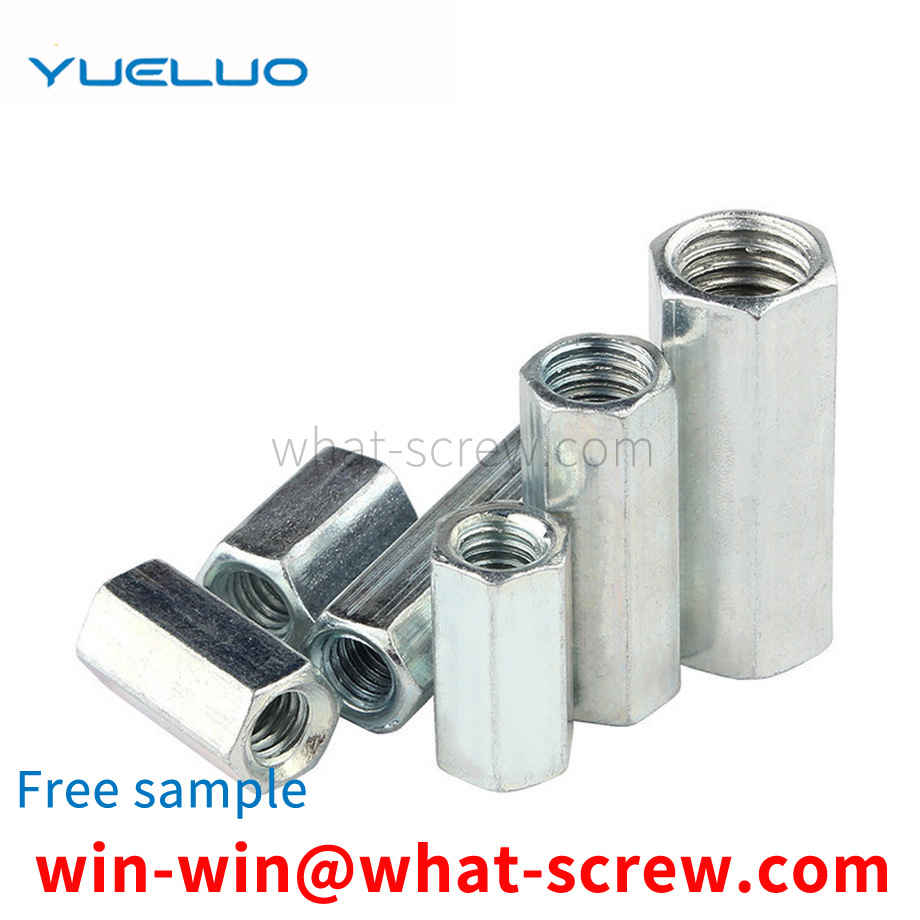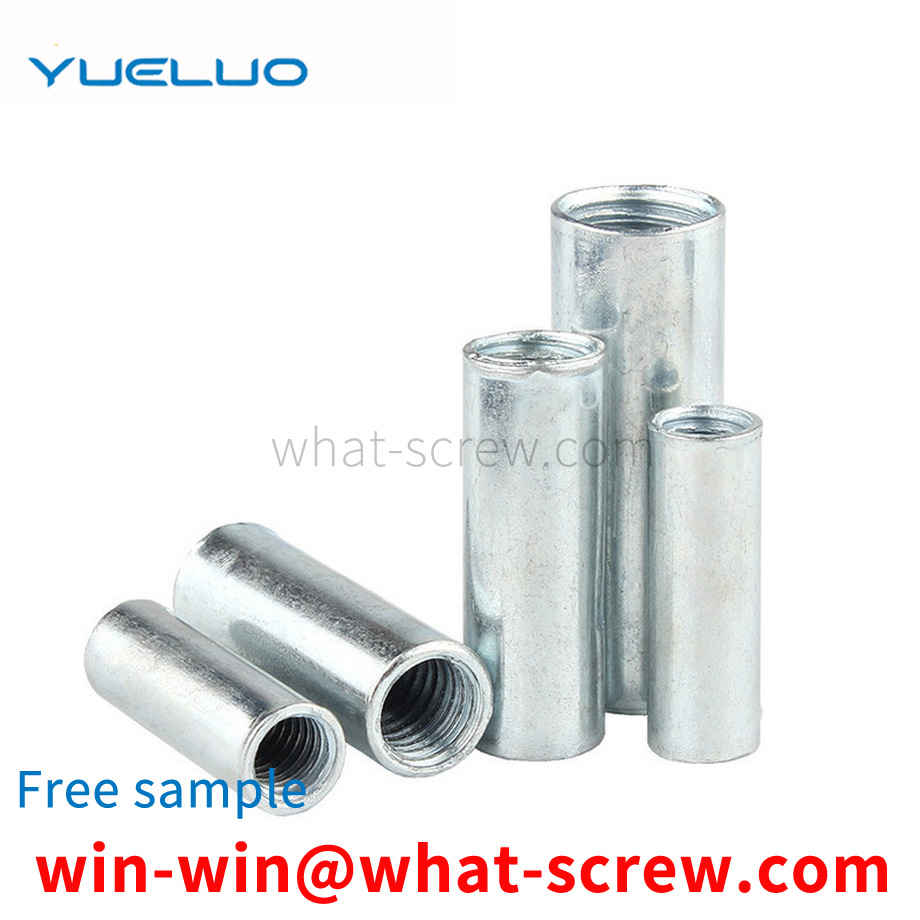Align the four positioning holes 12-5 of the spring washer positioning plate 2 with the four positioning columns 4 of the screw tray 1, and place them on the screw tray 1. Several screws 5 are passed through the lower positioning plate 12-2 in turn. The spring washer hole 2-7, the opening slot 12-32 of the baffle plate 12-3, the inner ring of the spring washer 7 in the spring washer hole 2-7 of the upper positioning plate 12-1, hold the spring washer positioning plate 2 by hand The raised handle 12-31 of the baffle plate 12-3 pulls the baffle plate 12-3 out of the upper positioning plate 12-1 and the lower positioning plate 12-2, and several spring washers 7 pass through the holes on the lower positioning plate 12-2. The spring washer holes 2-7 fall down along the screw rod of screw 5, so that the screw rod of screw 5 penetrates into the spring washer 7, as shown in Figure 10, and then the spring washer positioning plate 2 is removed to complete the process of threading the spring washer.
At present, the commonly used fastener loosening prevention methods generally include non-removable anti-loosening solutions and friction-increasing anti-loosening solutions. The non-removable anti-loosening scheme uses welding, bonding or punch point riveting to change the detachable threaded connection into a non-detachable threaded connection. In the non-removable anti-loosening scheme, the threaded fasteners cannot be reused and the operation is troublesome. It is often used in some important occasions that require high anti-loosening performance without disassembly. The anti-loosening scheme that increases the frictional force uses the method of increasing the frictional force of the bolt (screw) head and the end face of the nut to achieve the purpose of anti-loosening. The anti-loosening solution that increases friction is not limited by space and can be disassembled repeatedly, but the reliability is poor. After a certain period of work, the anti-loosening effect will be reduced due to vibration and other reasons.
The machinery industry is one of the main users of fasteners. Due to China's late understanding of the important position of mechanical basic parts in the machinery industry and a long-term lack of investment, the entire industry has a poor foundation, weak foundation and weak strength. Especially with the improvement of the level of the main engine in China, the bottleneck phenomenon that the mechanical basic parts lag behind the main engine has become increasingly apparent. Today, although the state has given certain support in technology introduction, technological transformation, scientific research and development, etc., there is still a big gap compared with the current market demand and foreign levels. Unstable quality, high early failure rate and poor reliability. Fasteners are the main basic products in the machinery industry, and the development of the machinery industry also puts forward higher requirements for fastener products. Domestic ordinary standard fasteners have always been in oversupply, while high-end fasteners (high temperature, special-shaped, titanium-plastic composite, special performance and other fasteners) are in short supply, and they also rely on imports. The State Machinery Bureau lists ordinary standard fasteners as restricted development products, and high-strength special-shaped fasteners as currently encouraged development products. With the improvement of the country's industrialization level and technological progress, the use of high-strength fasteners has gradually increased.
With the development of the economy, automobiles have become an indispensable means of transportation in people's lives, and the production, sales and after-sales services of automobiles have also developed rapidly. Automobile wheels and steel rings are an important part of auto parts and are also related to The use of the car is safe. The connection between the car wheel and the steel ring is realized by bolts, so the bolts and nuts need to have good fixation.
Generally, the most commonly used material on the market is iron. The iron one is known as carbon steel. It is punched out or turned. After being manufactured, it is in its natural color. In order to prevent rusting, it is necessary to Electroplated. The stainless steel rivet nuts do not need electroplating. In the case of iron, the color of electroplating is generally determined by the customer, and the color of the electroplating depends on what color the customer needs. There are also some requirements for salt spray time. Some electroplating colors have a higher salt spray time, and some electroplating, less rust in a few hours. Another point is to see whether the customer needs to export the product. Generally, the export needs to be environmentally friendly, and some domestic ones also need it, but most of them are not needed.
We have many years of experience in the production and sales of screws, nuts, flat washers, etc. The main products are: standard parts ISO rivets, wave spring elastic washers, AS1110.1 screws, DIN127 washers and other products, we can provide you with suitable fastening products piece solution.



















 Service Hotline
Service Hotline




